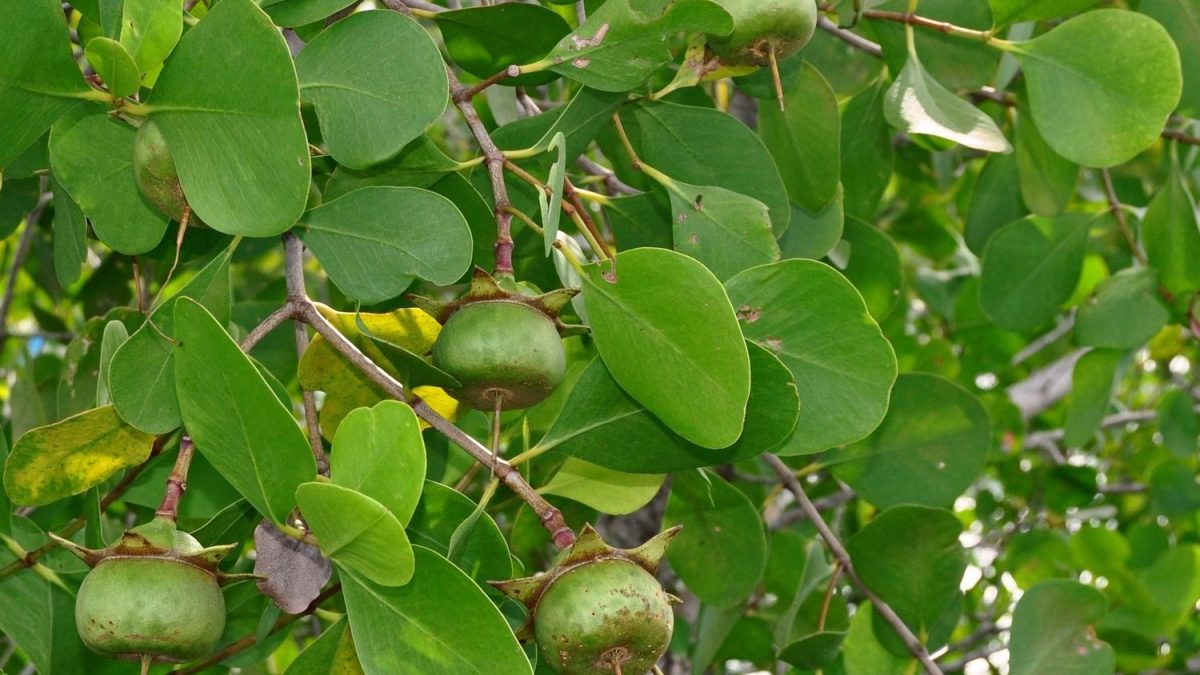Pharmacological of Primary Mangrove Plants as an Alternative to Natural Treatment

Twigs and fruits of mangrovee tree (Photo Credit : Wibowo Djatmiko)
Mangrove plants include all types of plants that grow in mangrove ecosystems. The mangrove habitat it self includes sandy habitats, beaches and bays, islands off the coast, lagoons, river estuaries, deltas and swamps. The habitat is in a transitional condition between the sea and land which is influenced by tides, salinity, ocean currents, and influences from land in the form of river flows to estuaries.
According to the vegetation, mangroves are divided into true mangroves and mangroves associate. True mangroves are a group of mangrove plants that can only live in an environment that is still heavily influenced by the tides of seawater (beaches and river estuaries) whose basic substrate is in the form of sedimentary mud (alluvial). True mangroves are the main plant components that live in mangrove habitats in tidal areas and form pristine stands. True mangroves have special characteristics that have a form of adaptation (in the form of roots, stems and leaves) to tidal conditions and salinity fluctuations.
Mangroves associate are a type of plant that does not grow in real mangrove habitats, does not have a special form of adaptation like true mangrove plants but has a high tolerance to be able to live in environmental conditions with mangrove ecosystems.
Compounds contained in mangrove leaves are in the form of secondary metabolite compounds such as phenols, saponins and tannins, thyroid/triterpenoids. The content of the elements Magnesium (Mg), Potassium (K), Calcium (Ca) and Sodium is found in the genus Avicenia, Sonneratia and Rhizopora.
Some mangrove plants that are traditionally used as medicinal herbs, it turns out that through research in the laboratory it is proven to have bioactive compounds that play a role as a efficacious element in the treatment of several types of diseases.
|
Species |
Part |
Compound Content |
Bioactive Compounds |
|
Rhizopora mucronate |
Trunk |
Phenolic |
Antioxidant
|
|
Sonneratia caseolaris |
Leaf |
Phenolic |
Antioxidant
|
|
Sonneratia alba |
Fruit |
Uleanolic Acid Ursulat Acid α-amyrin innamate β-amyrin |
Anti-mutagenic, anti-tumor, inhibit the proliferation of cancer cells
|
|
Stem and Leaf |
Tannin Sappponin Alkanoid Trapenoid Flavonoid Cinnamate β-sitosterol Stygmastero Squalane Lupeol |
Antioxidant |
|
|
Terpenoid Pentacyclic Polysacharida Tannins Phenolic |
Antibacterial Anticholesterol Antidiabetics Hypoglycemia Antioxidant |
||
|
Avicennia marina |
Leaf |
Alkaloid Flavonoid Saponin Terpenoid Steroid Tannin |
Antioxidant
|
|
Nypa fructians |
Leaf |
Tannin |
Antioxidant |
The content and efficacy of bioactive compounds in mangrove plants still require further research on how to extract these compounds as components of natural herbal medicines. Research on other types of mangroves also still needs to be explored to improve the efficacy of scientifically tested traditional medicine.
-YN

